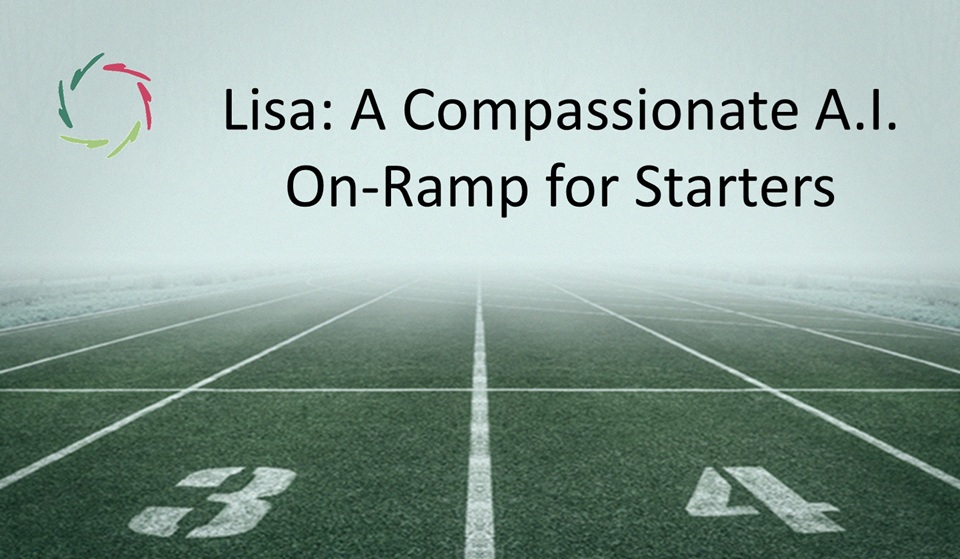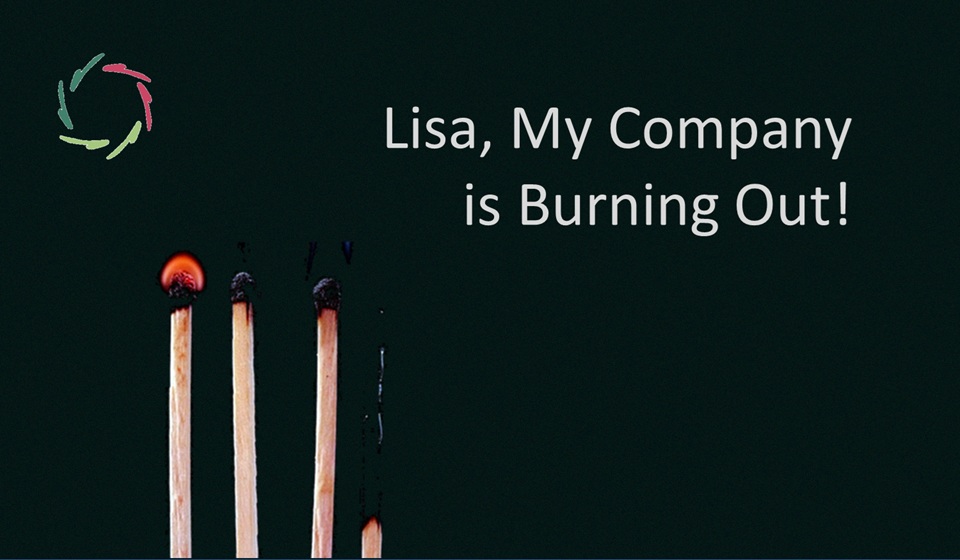Gendering the Workplace

The workplace still disfavors women in many respects. Let’s project a future vision of a workplace with gender as a source of joy and interesting experiences, and without any disfavors.
‘Gender inequality’
as a problem to work on, can be turned into ‘gender equality’ to strive for. There is more positivity in this than just a reversal of the negative. It opens one’s sight to more positive evolutions.
But even so, genders are not equal. They should not try to become equal, for instance, in the case of a woman trying to “conquer the workplace like a man.” Worst case: Others may view her as ‘not fully a man,’ as well as ‘not fully a woman.’
The equality to strive for is in worthiness. Thus, we come to the term:
Gender equivalence at work
This is not about men versus women or vice versa. It is not a competition, but a stance towards men and women alike, gender-transcending.
Of course, the presently known gender-inequality at the workplace leads to the need for a specific focus on this in all relevant situations. The final goal (attractor) is an environment in which this particular focus is not needed anymore. This ‘future ideal’ is already essential in how people can get coached – soon enough – by Lisa [see: “Lisa“] for instance, forming the mental environment from inside out. This is ethically congruent with the core of Lisa.
Gender equivalence at work is a career-long endeavor.
Lisa towards gender equivalence at work
Lisa can – soon enough – support the user throughout his/her career. Also, dialoguing with several concerned persons at the workplace (and broader), and with the utmost focus on privacy issues, Lisa can recognize broader patterns that may lead to gender inequivalence — for instance, coming from specific leadership issues.
Lisa can, thus, also coach leaders towards more Open Leadership. [see: “Open Leadership (Read&Do)“]
Stress
It is increasingly known that ‘stress’ is an essential factor in sickness and health. Also, ‘stress’ comes mainly from the workplace, most of all human relations. Leadership plays an important role in this, as do gender-related issues. This way, gender-related career coaching may influence health and well-being. Vice versa, people in good health are important assets for any organization. In-depth, domains substantially overlap.
To put it starkly, ‘gender equivalence at work’ may heighten health and diminish healthcare costs. As a domain-transcending coach, Lisa can work on this, to let it ‘spontaneously’ happen.
Gendering the workplace
In the end, this is not only about equal opportunities. It is also about forming ‘work’ towards a humane setting for all who spend time at it and as a tool for getting results that advance societal causes, which are human causes.
A.I. will transform the workplace of the future in many essential ways. ‘Work’ will increasingly become something that serves the goal of meaningfulness, not of necessity. Gender equivalence will also need to be oriented towards the goal of meaningfulness.
Transcending genders, men and women will at first place equally be beings of value. [see: “Being of Value“]
The transition may be difficult. The result will be worthwhile.
Interested in Lisa?
Please contact us.


